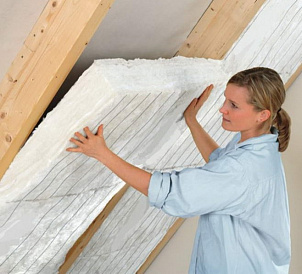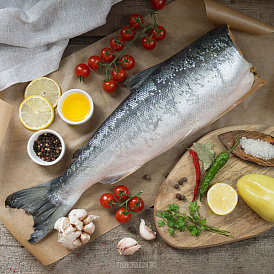Compare porcelain and earthenware | What's best for the sink
The bathroom is not only a place to relax after a hard day, but also a corner where you can comfortably and, most importantly, take hygienic procedures safely. Not the last role is played by eco-friendly and high-quality sanitary products. And what, if not ceramics best suited for this? But the question is: which is better to choose for the sink - porcelain or earthenware? Our experts understood the issue.
Features durable porcelain

Clay is used as the basis for making porcelain. The whole secret of the distinctive properties of this expensive and durable material in a special technology for processing raw materials and the ratio of auxiliary components added to the composition - spar and quartz. It is the last two components that give porcelain its most valuable properties: strength and high density.
Due to its unique characteristics, it is distinguished not only by its long service life, but also by its low hygroscopicity, since it is completely non-porous. This is a very important nuance for plumbing products that daily “fight” with moisture and dirt. In addition, porcelain is very easy to clean: almost any dirt can be removed from the porcelain surface, even old ones. The only conditional disadvantage of the material is its cost. But as they say, quality must be paid for, and china is undoubtedly worth its money.
Features practical faience

Faience has always been more affordable. Earthenware sanitary products are distinguished by a rather long service life (about 10-15 years), although they cannot fully compete with porcelain ones. Nevertheless, the specified operational period is quite long, given the far lower strength of earthenware compared to porcelain.
Faience has a porous structure, so it can absorb up to 10% of moisture, dirt and even unpleasant odors. All this suggests that the sink, made of this material will need regular and, most importantly, meticulous care. But most consumers are not confused, because faience is inexpensive and quite durable.
ON A NOTE. By the way, although porcelain is considered to be a more durable material than earthenware, when “contacting” with a heavy object, both products will immediately fail, breaking to pieces.
The main differences between the materials
In order to understand in more detail the features of both materials and visually compare their main characteristics, our experts have prepared a comparative table.
|
|
Faience |
Porcelain |
|
Strength |
The porosity of the material does not allow it to compete equally with porcelain. By the way, this fact is due to the large thickness of earthenware products. |
The lack of porosity makes the material very durable, so porcelain sanitary products are made thin, which gives them an incredibly elegant look. |
|
Whiteness of the surface |
Not very high - this is due to the high content of clay, giving the product a darkish tint. |
The amount of clay in the composition is not very large, which makes the material almost snow-white. |
|
Translucency |
- |
+ |
|
Moisture resistance |
Low |
High |
What to choose for the sink
Since not only the appearance but also the service life of the shell directly depends on the quality of the material, it is necessary to think carefully about the pros and cons in favor of choosing one or another option. Connoisseurs of high strength and aesthetics, of course, should pay attention to the valuable and durable porcelain that will not disappoint during its incredibly long service life (about 50 years).
If we are talking about a budget repair or renovation of plumbing in a rented apartment, then, perhaps, we are not talking about expensive options. In this case, the faience sink is best suited, which differs not only by an acceptable price, but also lasts a long time. True, and care during its considerable life will require very careful, as well as careful attitude (do not forget that the earthenware is not so durable).
ON A NOTE. It should be borne in mind that the earthenware is difficult to repair in case of damage: it can not be drilled, and when gluing the perfect effect is almost impossible to achieve. Porcelain is restored without problems with the help of plaster adhesives.










